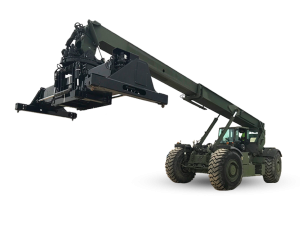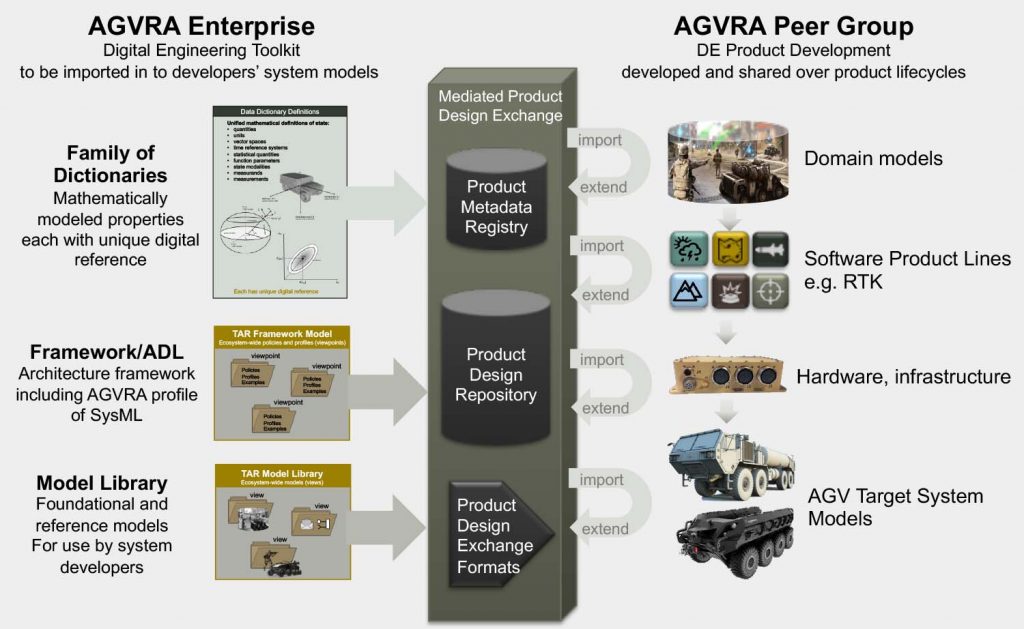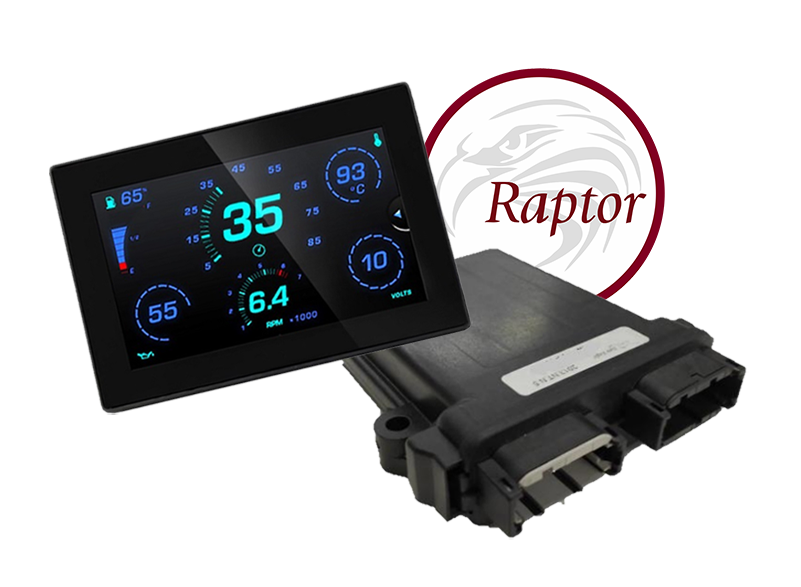From the Manhattan Project to today’s remotely-piloted aircrafts, the United States is known for developing the world’s most advanced combative technology. However, even with the world’s largest military budget and the most brilliant minds at hand, it is difficult for our government to quickly develop the technology required for the battlefield of the future alone.
This is because the government faces the same problems commercial companies face when it comes to procuring open-sourced, production ready technology: with all the hoops of getting approved for deployment, how is it possible to quickly build tools that are still applicable to a rapidly-changing operational environment?
So, like many commercial companies, the military turns to New Eagle to address this challenge.
Since 2007, New Eagle has been on the forefront of enabling future military technological requirements, contracted for various projects over the years because of our open-sourced architectures built on ruggedized hardware.
The Issue with Application-Specific Controls Development
To decrease the time required to deploy modern warfare technology, the Air Force and the Department of Defense (DoD) will often outsource control system development projects through contracted efforts. Because of the security standards the government must meet, though, the process of contracting these efforts can often extend the amount of time needed for product development. Not to mention, the systems developed for military applications in these contracts usually result in application-specific designs with a closed-system architecture that only works on proprietary hardware.
All this combines to result in slow developmental software practices and hardware that lacks the ruggedness needed for harsh environments.
Additional Troubles with Closed-System Architecture
Beyond simple time delays, closed-system architectures can cause a number of additional issues. For starters, the development of new and application specific software can be unreliable, requiring extensive homologation efforts. This can potentially require the same amount of resources as those needed to develop the system itself.
Closed-architectures also mean that software modifications can be particularly difficult to implement and may even require assistance from the parent company. Besides delaying the project even further with the need for new contracts, it can also pose an additional risks…especially if the parent company goes under.
When a Closed System’s Parent Company Fails, the Failure Multiples
If the military is using a product developed by a third-party that dissolved, the military will lack the ability to make any future software modifications. They’ll also be unable to produce additional units for production due to product obsolescence.
Not only does this cause a delay in the project, but it can also requirer redeveloping an entirely new system. That means ones again navigating the process of time-consuming work contracts that lengthen timelines, eat budgets, and extend efforts needed to employ the intended product. By the time the system even makes it to deployment, the technology may already be out of date.
So what can the military do to leverage the scale, robustness, and accessibility of tough commercial products?
Reaping the Benefits of Open-Sourced, Commercially Available Components
From Bosch and Continental, New Eagle’s relationships with manufacturers from around the country offers the advantage of the volume and quantity of automotive mass market products for military applications, making us an ideal partner for military projects.
Our validated, commercial off-the-shelf (COTS) components are battlefield tested, capable of enduring the world’s most extreme environmental conditions. This provides the military with rugged hardware typically required for combat settings.
Many of our production ready hardware design options are:
- Safety capable ECUs that target ASIL B – ASIL D
- Complete with a wide range of I/O and communication interfaces
- Easy to integrate onto existing technologies in a timely, cost-efficient manner.
Benefits of COTS Components
Not only can our COTS components allow the government to avoid issues caused by product obsolescence, but our open-source platform ensures other application engineers can make software modifications without additional contracting efforts. Our open and programmable controls platform, Raptor™, lets customers develop, integrate, and test software using embedded model-based development (eMBD) tools. The open-source platform, coupled with our automotive grade components, provide for innovative control systems that can easily be tailored for integration onto existing systems.
With a variety of training options for those new to our Raptor Platform, we make it easy for your team to augment products as necessary so the longevity of a product for any particular application is not depended on New Eagle’s assistance once its complete…though we are happy to support if and when you need us — we’ve certainly been there before!
Enjoy the Confidence of an Experienced Partner
As a Women’s Business Enterprise National Council (WBENC) certified business that has maintained Data Universal Number System (DUNS) compliance for the past four years, our team offers the assurance of extensive experience assisting military efforts to develop innovative mechatronic control system solutions.
One such project involved the redevelopment of three new Electronic Control Units (ECU) for the Army’s Rough Terrain Container Handlers (RTCH).
Reverse Engineering the RTCH
When the Army’s ECU and display suppliers ceased production, our team was tasked with reverse engineering the RTCH system to create replacement ECUs. These units were to be integrated into the existing RTCH architecture and employ the previously defined control, display, and diagnostic functions without altering the existing mounting points and connectors. Not only did we deliver on all requested ECUs, but our team was able to demonstrate their functionality on the RTCH, run test procedures to validate the controllers, assist in the installation and testing of the ECUs at the Army’s test center, and instruct the Army’s team on how to perform software updates based on testing. Thanks to our assistance, the U.S Government was able to save millions of dollars by avoiding the need to completely redevelop the RTCH design when the original suppliers of closed-source ECUs dissolved.
Propulsion Control System for UAS Platform
New Eagle is also working with the US Air Force to develop propulsion controls for a Raptor-based Unmanned Aircraft Systems (UAS).
Current US Air Force SUAS / UAS propulsion and power control systems are often unreliable and employ closed architectures that lack scalability. New Eagle’s Raptor UAS platform offers the USAF and its suppliers a solution that meets the DoD’s Modular Open Systems Approach (MOSA) standards, driving faster capability deployment in future weapon system modifications and development programs.
By using our Raptor tools and the UAS controller hardware, the USAF will improve the electronic reliability in unmanned air vehicles. The target application for this work is a small turbine engine manufactured by Florida Turbine Technologies (FTT), a Kratos Company.
Autonomous Ground Vehicle Reverence Architecture
New Eagle is also working with the U.S. Army Combat Capabilities Development Command (CCDC) Ground Vehicle Support Systems Center and a team of industry leaders to define a set of architectural standards for all future autonomous ground vehicles within the DoD — the Autonomous Ground Vehicle Reverence Architecture (AGVRA).
This collaboration supports the Army Robotics and Autonomous System (RAS) community in creating individual and coordinated autonomous behaviors within manned and unmanned teaming environments.
Specialized Control Systems
Creating unique propulsion and power control systems for specific applications can be costly and time consuming, especially when those systems are intended for military use. Systems operating with specialized, proprietary components are not able to receive the benefits of commercial products. What’s worse, the time required for producing specially designed components from the ground up can extend a full system’s development cycle.
When those products are intended for military applications, time and money are of the essence. Through our years of experience with military applications, New Eagle has the knowledge and resources to get some of the most important technology—the machinery used to secure the safety of our country—to deployment quickly and affordably.








